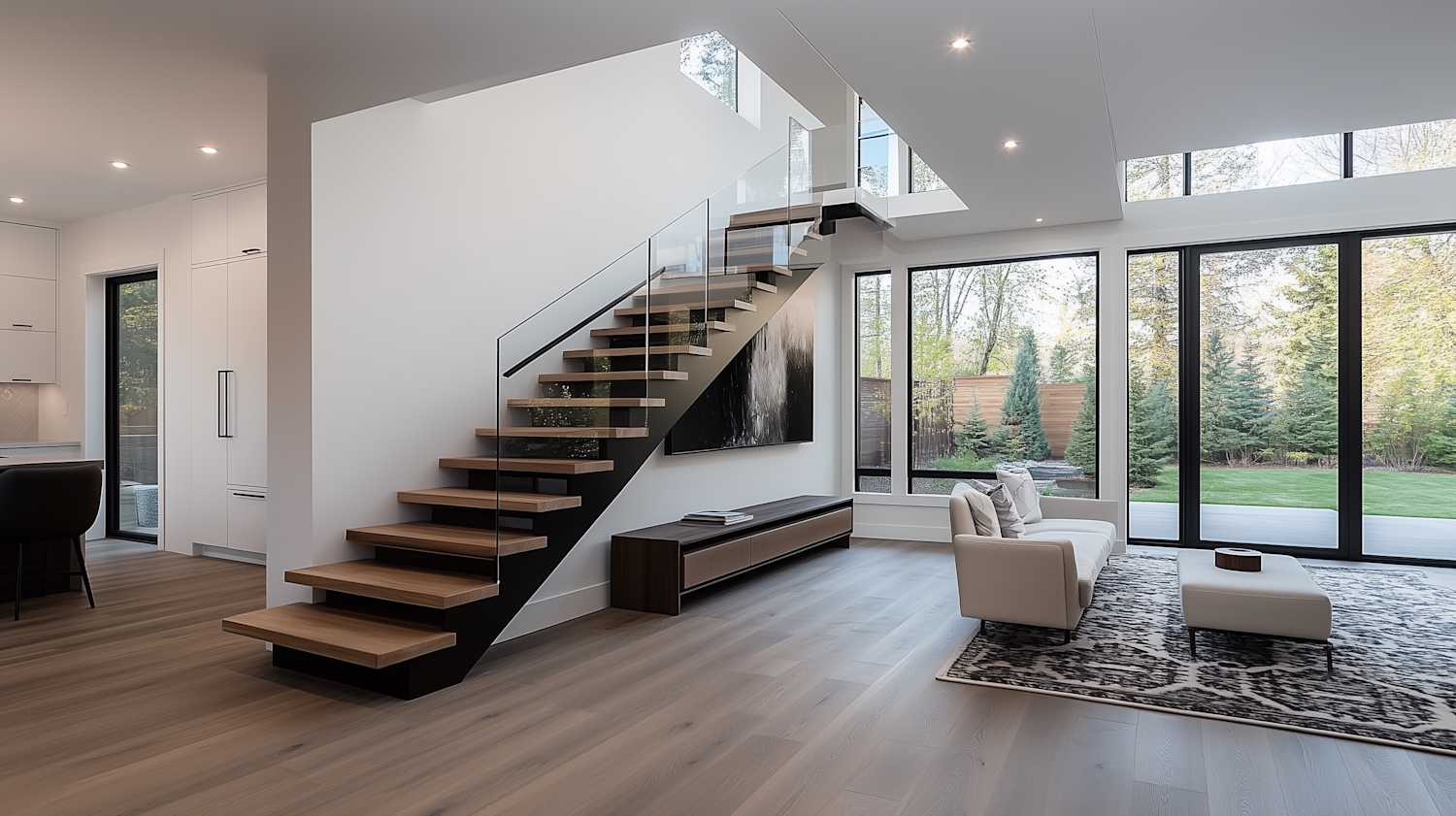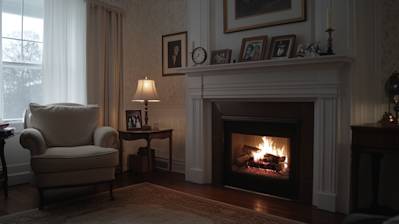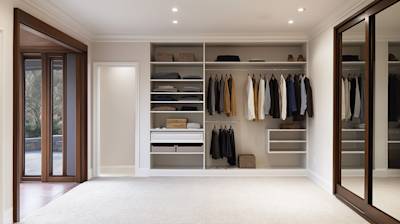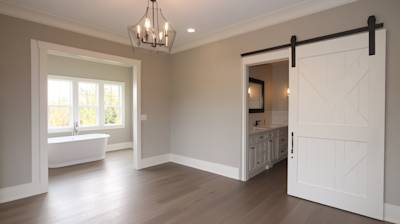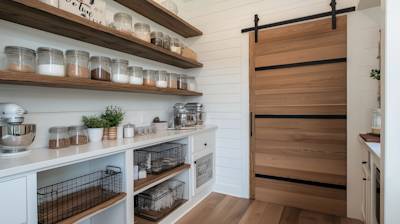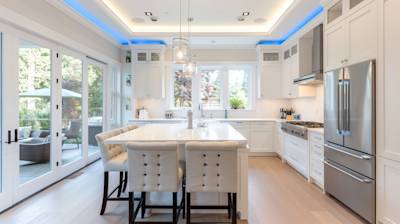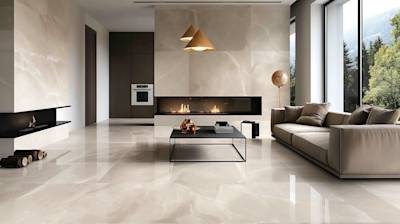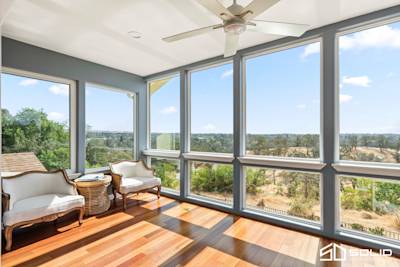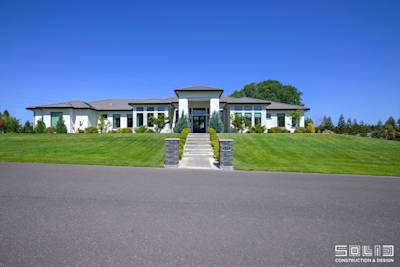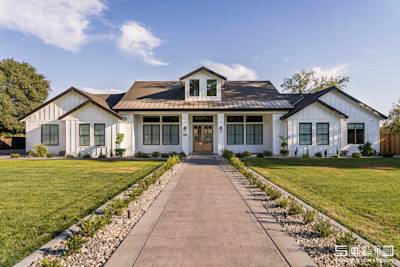Welcome to the world of impressive architectural structures. Today, we dive into the captivating aspects of floating stairs, a must-have for any contemporary architect. Commonly referred to as cantilevered stairs, floating stairs embody a blend of exquisite design and elaborate engineering. Remarkably, they not only serve a functional purpose but add an aesthetic appeal to the interior space of any home or commercial setting.
Understanding the Concept of Floating Stair
The first aspect in appreciating the finer details of floating stairs is understanding what they are. They are unique fixtures designed to give the illusion of floating in mid-air without any visible support underneath each tread. They are fixed to a wall, with the steps protruding outward, to defying gravity. This unique design uses special mountings hidden within each step to secure every tread in its place. Ingeniously created, this intriguing architecture breaks the monotonous space and blends effortlessly with the surroundings.
The Evolution of Floating Stairs
Floating stairs have come a long way in their evolution. Initially, the idea of a floating stair seemed far-fetched and unimaginable. But, thanks to technology and enhanced architectural innovations, they have seamlessly transitioned from the stage of oddity to utter magnificence.
- The early stages saw the introduction of basic floating stairs. The designs were simple and primarily used for functional purposes.
- The intermediate phase marked a milestone with the inclusion of durability and style into the design equation. Floating stairs became more elegant and customizable to compliment and even enhance the décor of the house.
- Currently, in the modern architectural era, floating stairs skills are refined and perfected. They now encompass customized designs, different materials, and advanced engineering techniques.
Integral Components of Floating Stairs
Floating stairs might appear straightforward at first glance, but a lot of comprehensive work goes into making these masterpieces. Some of the components involved include:
- Treads: These are an essential part of stairs. They are the flat, horizontal part of the stairs where one steps on.
- Risers: Risers are vertical components connecting one tread to another. In most floating stairs, risers are usually absent, providing the floating illusion.
- Handrails: These are crucial for providing support while ascending or descending the stairs.
- Stringers: These support the stairs on their sides. However, in floating stairs, hidden stringers or minimalistic side panels are used.
Popular Materials Used for Floating Stairs
The choice of material used for floating stairs immensely contributes to their overall aesthetic appeal and durability. Here are few popular materials used:
Wood: Most people opt for wooden treads for their floating stairs. This is due to the warmth and natural look that wood offers. It can easily blend with different décor themes.
Glass: Glass is for those seeking a chic and modern look. Mostly, glass is used for the side panels or handrails of floating stairs.
Steel: Steel offers robustness and durability. Usually, stainless steel is used for the hidden fittings or to support the treads.
Concrete: Concrete treads offer a trendy, minimalist, and modern look. They are much-loved for their low-maintenance.
A Peek into the Installation Process of Floating Stairs
This part of this informative piece gives an overview of the installation process of floating stairs. It takes specialized craftsmanship to install perfect, safe, and sturdy floating stairs. Steps usually include:
- Step Preparation: This involves measuring and creating the parts, such as the treads.
- Wall Reinforcement: Strengthening the specific wall where stairs will be installed.
- Installation of individual treads: Fixing every tread into the prepared spots on the wall.
- Final Inspection: Lastly, a series of examinations are done to ensure safety and quality.
Of course, the specifics can vary based on the design and conditions of your premises.
Frequently Asked Questions about Floating Stairs
Are floating stairs safe?
Despite their appearance of defying gravity, floating stairs are extremely safe. Just like normal stairs, they're built to support the weight of a person moving up and down them. They are built and installed after careful calculation, ensuring that each stair provides ample support and mountings. Keep in mind that local building codes often specify additional safety features such as railings.
Can floating stairs have railings?
Yes, floating stairs can easily incorporate railings or handrails. While some prefer the minimalist aesthetic of floating stairs without railings, many designs include them for added stability and safety.
What materials are used in the construction of floating stairs?
Floating stairs can be made from a variety of materials, catered to the aesthetic you’re trying to achieve. Common materials include steel, glass, wood, or a combination of these. The choice of material can drastically alter the style and feel of the stair from contemporary and sleek to warm and traditional.
Are floating stairs suitable for every type of property?
Floating stairs can be installed in virtually any type of property, from residential houses to commercial buildings. However, the structural design of the property will influence the feasibility of installing floating stairs. Structural supports and walls must be able to withstand the weight and added stress of floating stairs.
How much maintenance do floating stairs require?
The maintenance requirements for floating stairs depend on the particular design and materials used. For instance, glass stairs may require regular cleaning to maintain clarity, while wooden stairs might need periodic refinishing. Regular inspections to ensure the integrity of the construction are also advisable.
Do floating stairs take up less space than traditional stairs?
Floating stairs can be an excellent space-saving solution in some settings. They are often less bulky and can provide additional 'open' floor space, which makes the room look bigger and airier. However, the full spatial impact should be considered on a case-by-case basis, factoring in both the footprint and impact on room volume.
Are floating stairs more expensive than traditional stairs?
The cost of floating stairs can vary widely based on design complexity, materials used, labor costs and any customization. In general, they may be more expensive than traditional stair setups due to the precision and craftsmanship required.
Can floating stairs be installed outdoors?
Yes, floating stairs can definitely be installed outdoors. However, they should be constructed using materials that can withstand environmental factors such as rain, snow, or intense sunlight. Waterproofing and other protective measures might also be necessary to ensure longevity.
Are floating stairs custom made?
Floating stairs are typically custom made to fit the specific dimensions and requirements of the location where they will be installed. This is to ensure that they're not only fitted perfectly but also that they add to the aesthetic appeal of the overall space. Therefore, in many cases, pre-production consultations are common where measurements are taken and designs are chosen or created.
Pros of Floating Stairs
Architecturally Intriguing
Visual Appeal
Floating stairs can be seen as the pièce de résistance in a home or building due to their unique design. They add a modern, minimalistic aesthetic that can truly be a talking point. The 'floating' aspect of these stairways provides a sense of magic and mystery, adding a unique design element much appreciated by visitors and inhabitants alike.
Flexibility in Design
Floating staircases offer a fair deal of design flexibility. Available in different styles, materials, and combinations, floating stairs can be tailored to fit the interior design of virtually any property, modern or traditional. For example, they can have glass railings for a more minimalistic vibe or wood materials for a more timeless appeal.
Functional Advantage
Space Maximization
Floating stairs are an excellent choice for smaller spaces. Their minimal design doesn't block light nor visual space, which helps create an illusion of more room. They act as a solution for homeowners who want to maximize their living area, providing more under-stair space for storage, decoration, or other purposes.
Light Permeability
Floating stairs take up less visual space, letting more natural light into your property. Because of their open design, light can easily pass through these stairway structures, leading to a brighter, warmer feeling home.
Durability
Sturdy Construction
Despite their delicate appearance, floating stairs are incredibly sturdy. Their materials, craftsmanship, and installation methods ensure they can handle daily use and a fair amount of weight. Whether it’s made from concrete, wood or steel, these stairs are designed to last.
Cons of Floating Stairs
Safety Concerns
Lack of Support
By the very nature of their design, floating stairs might seem to lack the support and stability that traditional stairs offer. This can be particularly unsettling for children, older individuals, or those with mobility issues. Even with safety railings installed, the open concept of floating stairs can feel risky for some people.
Risk of Slips and falls
Because they tend to have a sleek and minimalistic design, floating stairs can be somewhat slippery, and the risk of slipping and falling can be a bit higher, particularly with materials like polished concrete or glass.
Cost
High Installation Price
Given the design intricacy and specialized construction methods required for floating stairs, they tend to be more expensive to install than traditional stairs. Depending on the material used and complexity of design, the costs can quickly add up.
Maintenance Expenses
In the long run, floating stairs might also require more in terms of maintenance costs due to their characteristically intricate and unique construction. Ensuring their safety and stability over time often means regular professional check-ups and possible reparations.
Installation complexities
Professional Help Required
Floating stairs might not be the greatest DIY project. They generally require professional help for both design and installation, which can be time-consuming and costly.
Building Regulations
Depending on the region, floating stairs might not conform to local building codes or regulations, particularly concerning safety standards. Many places have rigorous regulations for stair construction, making getting approval for floating stairs installations potentially difficult.
Myths and Misconceptions About Floating Stairs
Let's delve into some of the common myths and misconceptions floating around in the ethers about floating stairs.
"Floating stairs are not secure"
The first myth that seems quite popular is that floating stairs ARE NOT secure. However, this couldn't be further from the truth. Floating stairs are so-named because of their unique design feature that gives the illusion of them floating in mid-air thus captivating anyone’s attention. But this design has been deliberately engineered through precise architectural studies and design tests. These stairs are usually made from robust, sturdy materials like steel, wood, and glass and are built with precision to ensure they 'hold up' both practically and structurally. Special care is taken with the construction of floating stairs to ensure they're every bit as secure and easy to use as any other type of stairs.
"Floating stairs require extensive home reconstruction"
One of the most known misconceptions about floating stairs is that they require a complete overhaul of the home's structure. The truth, however, is that floating stairs can be efficiently incorporated into a variety of home designs without the need for extensive reconstruction. Of course, you will need to work closely with an architect or seasoned contractor to ensure that your new stairs are installed correctly. But that doesn't mean that your home will need to be deconstructed in the process. Every project is unique and comes with its own set of variables.
"Floating stairs can't support a lot of weight"
Thanks to their ethereal appearance, floating stairs have gained an unjust reputation for being flimsy or unable to support significant weight. Granted, floating stairs are a departure from traditional stair designs and may give the impression of being delicate. But if built and installed correctly, they can be even more robust than your average staircase. The materials used in their construction—often steel or heavy-duty wood—are highly sturdy and can bear extensive weight. Your architect or contractor should provide guidance on weight limits, which should be taken into account during the planning and design process.
"Floating stairs can only fit in modern designs"
Though floating stairs do lend a distinctly contemporary edge to any space, it's overly reductive to say that they can only fit into modern designs. With the right combination of materials and colors, floating stairs can be easily integrated into various design aesthetics, from the vintage and rustic to the classic and traditional. The stair treads, railings, and even the type of finish can be customized to go with the overarching theme of your home or office space.
"Floating stairs are more expensive than traditional stairs"
Since they seem like they're right out of an architectural magazine, floating stairs are often assumed to be priced off the charts. The truth is, the cost of floating stairs, like any other piece of architecture or design, is heavily influenced by a number of factors. The design, materials used, labor costs, and the overall complexity of the project all play a significant role in determining the final price. Floating stairs can be more expensive than traditional ones if you opt for a highly intricate design or expensive materials. However, there are budget-friendly options available that manage to preserve the aesthetics without breaking the bank.
"Floating stairs are impossible to clean"
Floating stairs have unique designs, which some people mistakenly assume would make them harder to clean than traditional stairs. But actually, their open design often makes them simpler to maintain. Without risers to dust and polish, and unobstructed access to each step, keeping your floating stairs sparkling clean can be a much easier task than you think!
To conclude, floating stairs have often been misunderstood or misrepresented due to their unique and abstract design. The truth is, this type of stairs offers a variety of possibilities in terms of design, safety, and practicality. But like any other architectural choice, it's best to thoroughly research and consult with professionals before deciding what's right for your home or building.
Summary
Floating stairs have truly revolutionized the way we perceive and construct staircases. Their ingenious design allows them to appear as if they're hovering without any visible supports beneath. Yet, they're sturdy and perfectly safe to walk on. Their visually striking nature makes them a sought-after design element in modern architecture.
Floating stairs are versatile and can work with various styles, from ultra-modern to simple, rustic designs. They not only serve their fundamental purpose but also contribute to enhancing the aesthetic appeal of a space. If space is a concern, floating stairs make an excellent choice as they lend an airy, spacious feel to the interior. Remember, they're not just stairs, they are a statement piece in your home.
Finally, the choice of floating stairs should come down to your personal taste and requirement. So, if you're craving that minimalist, contemporary look, floating stairs could be a remarkable option for you. Factor in the size, design, color and materials that best suit your space, and you're all set to float up in style! Your decision to install floating stairs won't just be about getting from one level to another; it'll be about transforming your living space.
About Solid Construction & Design
Solid Construction & Design is a highly reputable family-owned business based out of sunny Sacramento, CA. Over the years, they've thrived as the leader in the city's construction industry, earning recognition for their exceptional craftsmanship, commitment to client satisfaction, and dedication to staying at the forefront of building innovation. With skills handed down from generation to generation, they've mastered the art of building structures that are both enduring and stylish. Solid Construction & Design handles each project, regardless of its size or complexity, with the utmost professionalism and an upbeat and friendly attitude, making every construction or remodeling experience an absolute pleasure.

